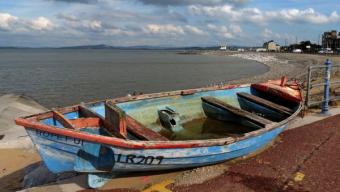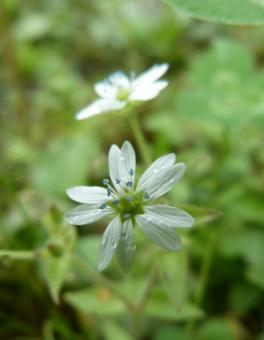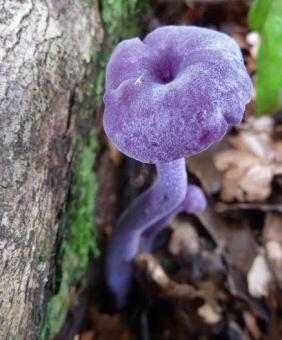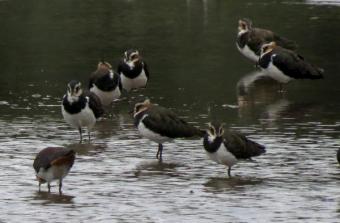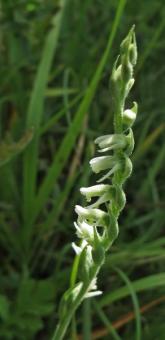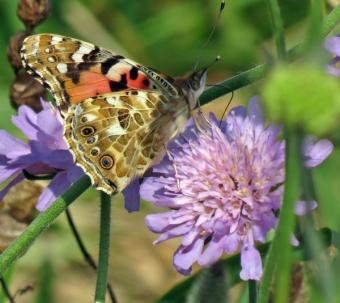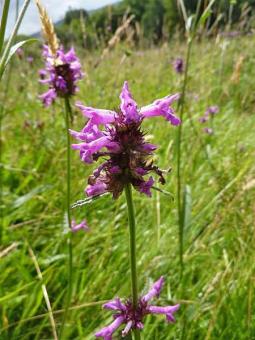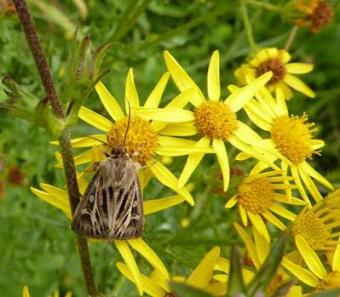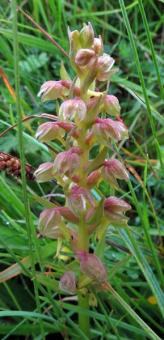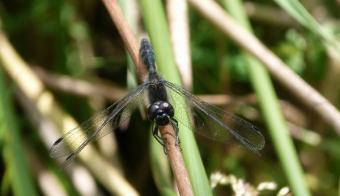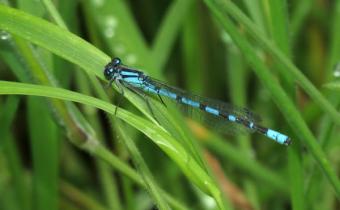Wildlife Field Visit, Stainforth Force, 18th Oct 2016
.preview.png) Salmon leapThe mini-bus was full after various pickups along the Aire Valley. We were heading for our destination (a few miles north of Settle) in order to watch the salmon leaping up the force on their annual spawning migration.
Salmon leapThe mini-bus was full after various pickups along the Aire Valley. We were heading for our destination (a few miles north of Settle) in order to watch the salmon leaping up the force on their annual spawning migration.
Alas;all members of the group, bar Julia, who was our leader and driver for the day failed to spot any. The recent rainfall had made the force far too powerful. Watching the tremendous volumes of water hurtling down the falls was certainly mesmeric. Conditions were far from benign, as we were subject to almost incessant rain during the day. Several of the party, myself included, headed off early to the 'Knight's Cafe' which is sited within the nearby caravan park. This was where the mini-bus was parked as the village car-park was effectively out of bounds due to necessary repairs being carried out on the bridge. Their excellent coffee was just the job on a chilly, wet day.
The six of us then returned to the force to rejoin the rest of the group who had been braving the elements. Most had already departed for Langcliffe Weir, obviously wanting to move to stay warm! The 1.5 miles to the weir were fairly treacherous as the path was very muddy and consequently hazardous due to the slippery grass and very wet limestone. Luckily no one took a serious tumble. We eventually caught up with them sheltering under some tall trees.
We searched again for the salmon at the metal bridge at Langcliffe but without success. Joan and Alice had managed to record a total of 35 plants in flower plus 5 ferns. Needless to say no insects were spotted. Birds were in short supply, though Sue did manage to see a solitary Dipper.
Julia had driven the bus to meet us all at the weir. From there we then went off to our next destination; Giggleswick Chapel. This is a magnificent building (within the curtillage of the famous school) that was constructed in 1897 thanks to the efforts of a very wealthy philanthropist W Morrison. It was a pleasure to sit in the warm chapel after our wet and chilly excursion of the morning and early afternoon. The lady archivist who greeted us and made us feel most welcome gave an excellent talk on the history of the chapel and pointed out its numerous architectural features. The high domed ceiling, intricately carved woodwork and stained glass windows were especially impressive.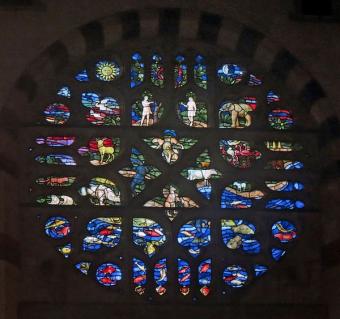 Stained Glass Window, Giggleswick School Chapel
Stained Glass Window, Giggleswick School Chapel
The copper dome which for many decades had been green, is currently not so; following recent essential repair work to stop leakages. We will have to wait for nature to take its course before verdigris causes it to change colour back to its familiar green.
Whilst no fungi were seen on our walk several were spotted on the lawn outside the chapel; Shaggy Scalycap (at the foot of a rowan), Birch Knight (Tricholoma fulvum) nearby and close to a group of birch trees. Also a number of very slimy whitish fungi not yet ID'd. These have now been ID'd as Poisonpie (Hebeloma crustuliniforme)
A most interesting day. I am sure I would never have thought of visiting the marvellous chapel myself so many thanks to the leaders for including this on the outing.
See the photos here.
John Gavaghan

